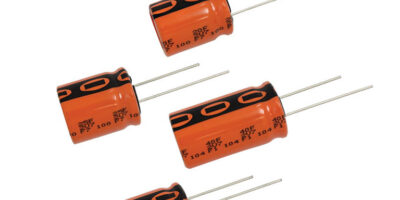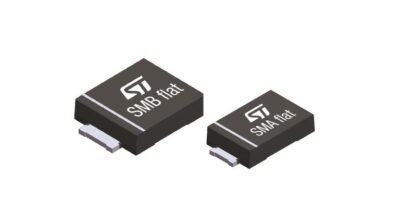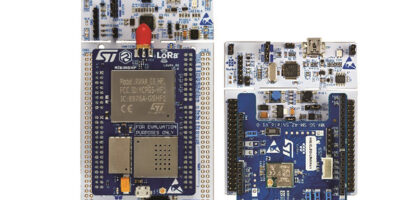For energy harvesting and power backup applications in harsh, high humidity environments, Vishay Intertechnology offers the Vishay BCcomponents 235 EDLC-HVR ENYCAP capacitors.
The electrical double-layer energy storage capacitors are claimed to be the industry’s first high voltage devices to offer useful life of 2,000 hours at +85 degrees C. They also meet the highest class of moisture resistance, the biased 85 degrees C / 85 per cent RH 1,500-hour test.
The capacitors’ long useful life is double that of standard electrical double-layer capacitors, claims Vishay, enabling maintenance-free operation and greater design flexibility. The high humidity resistivity allows for use in industrial, renewable energy, and automotive applications, including smart meters, handheld electronics, robotics, solar panels, E-latch door systems, and emergency lighting.
The 235 EDLC-HVR ENYCAP capacitors are available in 15 small case sizes ranging from 10 x 20mm to 18 x 40mm. Capacitance values from five to 60F.
The RoHS-compliant devices feature rapid charge and discharge performance and are available in through-hole versions.
Samples and production quantities of the 235 EDLC-HVR ENYCAP capacitors are available now, with lead times of six weeks for larger quantities.
Vishay Intertechnology is one of the world’s largest manufacturers of discrete semiconductors (diodes, MOSFETs, and infrared optoelectronics) and passive electronic components (resistors, inductors, and capacitors). Components are used in virtually all types of electronic devices and equipment, in the industrial, computing, automotive, consumer, telecommunications, military, aerospace, power supplies, and medical markets.







